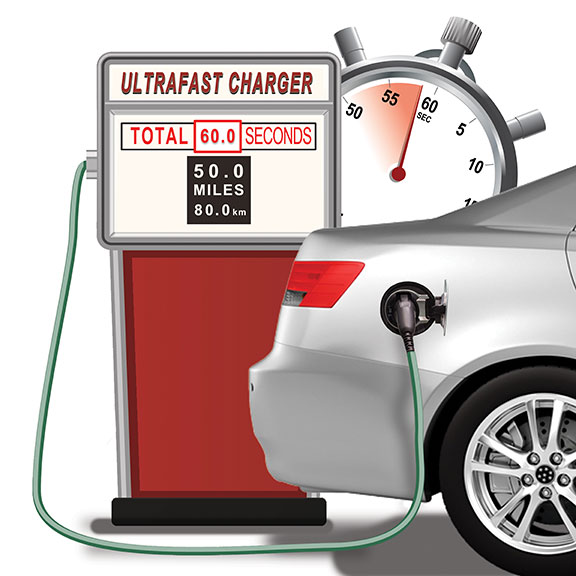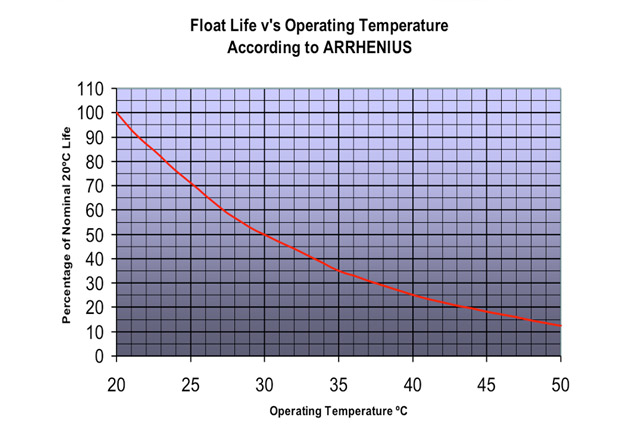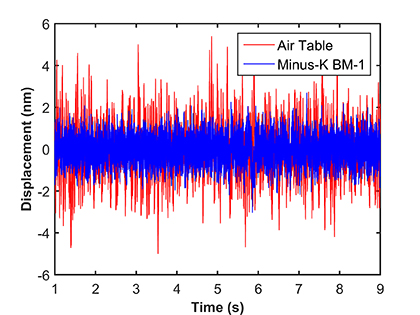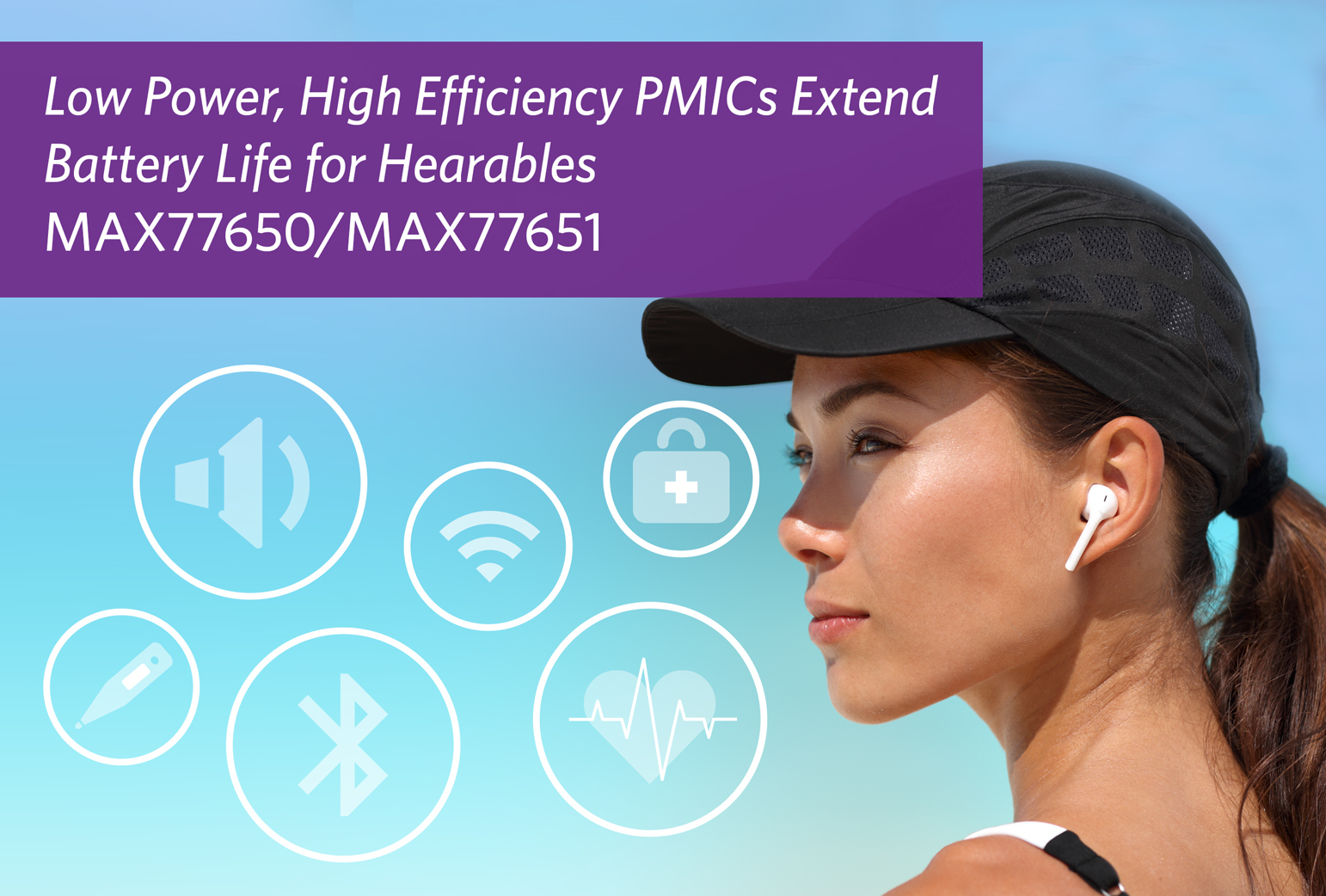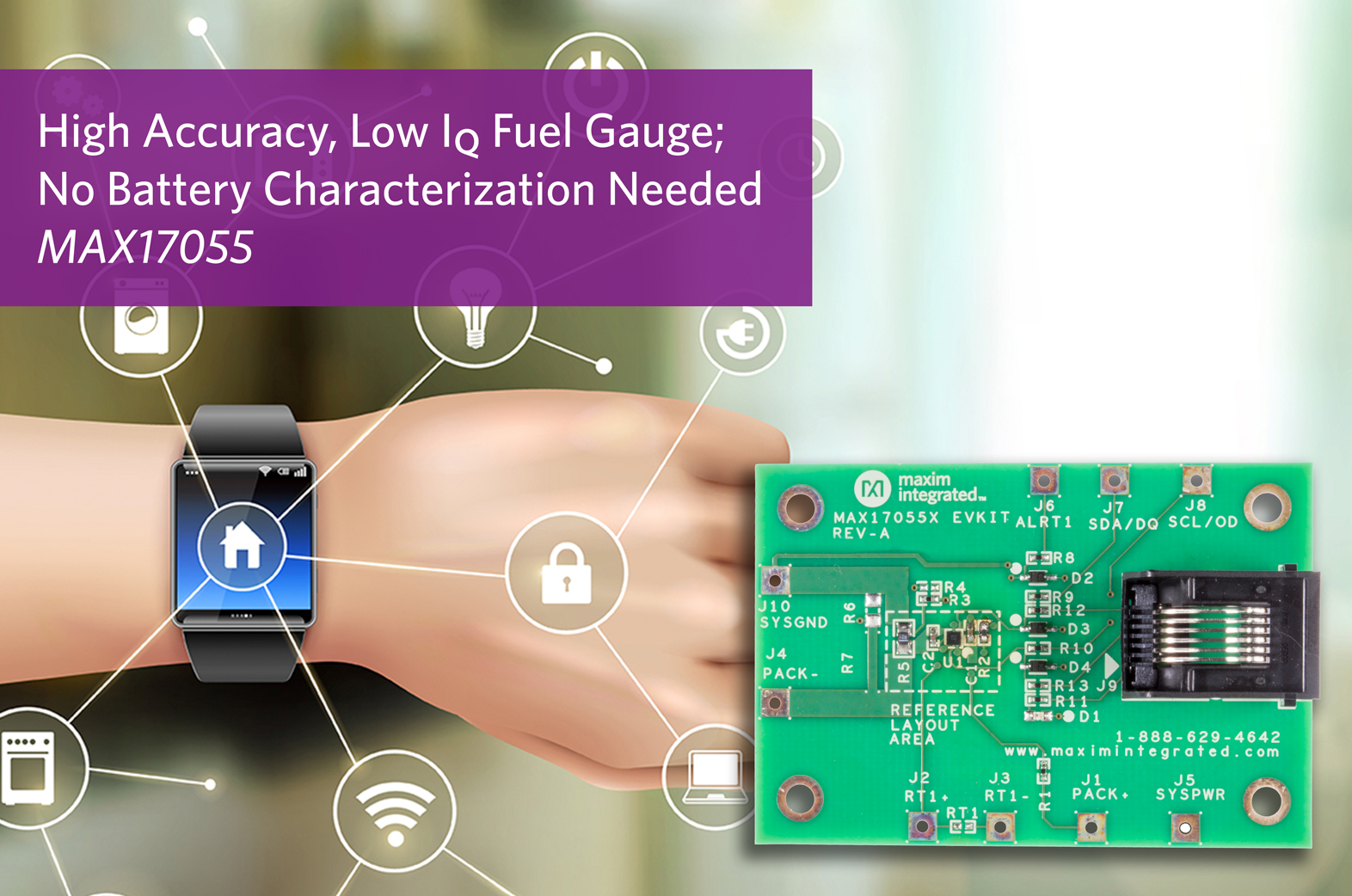Contributed commentary by Robert A. Rango, President and CEO, Enevate Corp.
August 1, 2017 | Electric vehicles are the most revolutionary development in the auto industry since the internal combustion engine. Every day they get more advanced and more popular. Electric cars and plug-in hybrids are projected to account for an average of 8 percent of all cars sold in the United States by 2020. While that shows tremendous growth in electric vehicles (EVs), you dont have to be a statistician to notice that this is still a fairly small percentage. EVs are becoming more affordable (although they may not be as affordable as cars with internal combustion engines until the 2020s). Plus, there are great government incentives that make it easy, and at least comparable in price to standard auto sales, for people to switch to EVs. So whats holding the market back? Read more about Gone in 60 Seconds: Five Ways Next-Generation Ultrafast-Charging EV Batteries are About to Change Everything …





